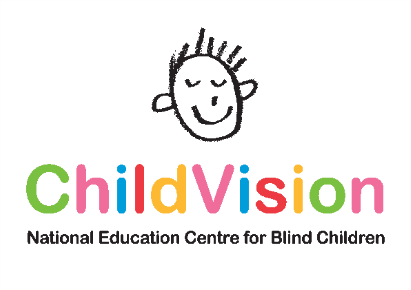



 |


 |
NewsINBAF Statement UEB INBAF Launch on 3rd May 2012 NBPC exceeds 3,000 |
Braille Information
Braille is a tactile reading system used by many people with vision loss or no vision. It is named after its inventor, Louis Braille (1809-1852), a Frenchman who developed the system after a childhood accident had left him blinded.
Each braille sign fills in specified dots on a 6-dot braille cell. The six dots are arranged like on the face of a dice.
i.e. 
Depending on which dots are raised, the sign carries meaning.
The dots are read with the fingers in a technique learned by braille readers by tracing lines and reading signs and words.
For example: dot 1 raised means letter “a”,
i.e. 
Dots 1 and 2 raised means letter “b”, etc.
i.e. 
All letters are represented in this way, which is an international standard. In combination with a few extra signs, this is called braille grade 1.
However, if every book was transcribed letter by letter, one would receive extremely bulky volumes of transcribed books. The number of dot combinations is also quite limited. Therefore, the so-called braille grade 2 is used, which introduced signs for either parts of a word, whole words and combination signs.
For example:
a sign of dot ,2,3,4,5 and 6 stands for “with”,

“d” stands for “do”,

and a combination of the number sign and letter “a” means
“number 1.”

Special codes are applied to mathematics, sciences, computer language, and foreign languages. Braille grade 2 varies from language to language.
Some people compare learning Braille grade 2 to learning shorthand, which especially relates to contractions and wordsigns. One could also describe it as learning a new “scripture” for the language you know already, as if one wanted to write English using Arabic or Chinese characters.
The skill of reading braille is best developed from an early age onwards, starting with tracing exercises and the development of pre-braille skills. But throughout the whole educational system, it is important to be aware of the extra effort needed in accessing core information. Braille is basically linear, so sighted reading strategies like “scanning pages” or “jumping from textbox to illustration” do not apply.
For further reading:
RNIB website – life of Louis Braille